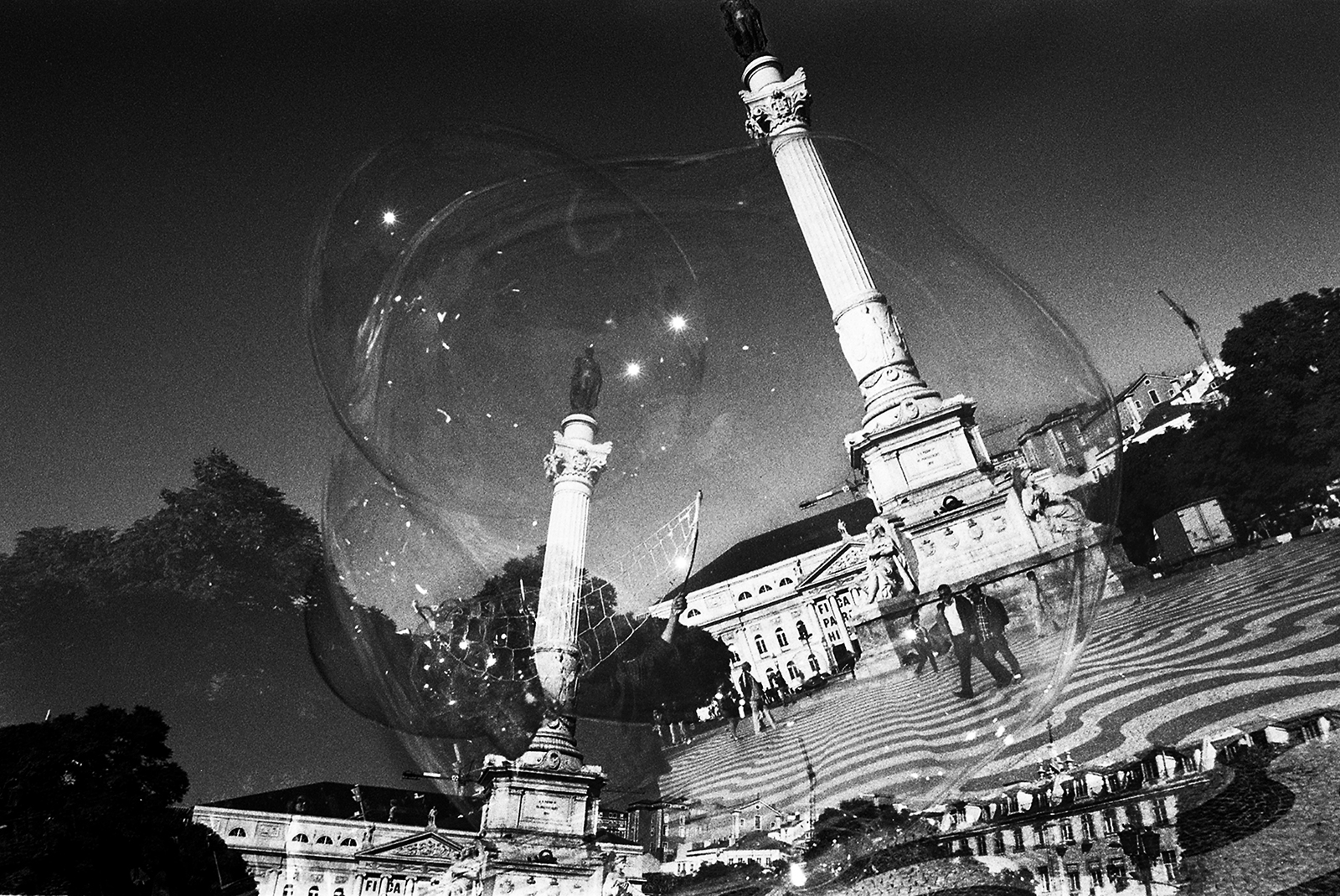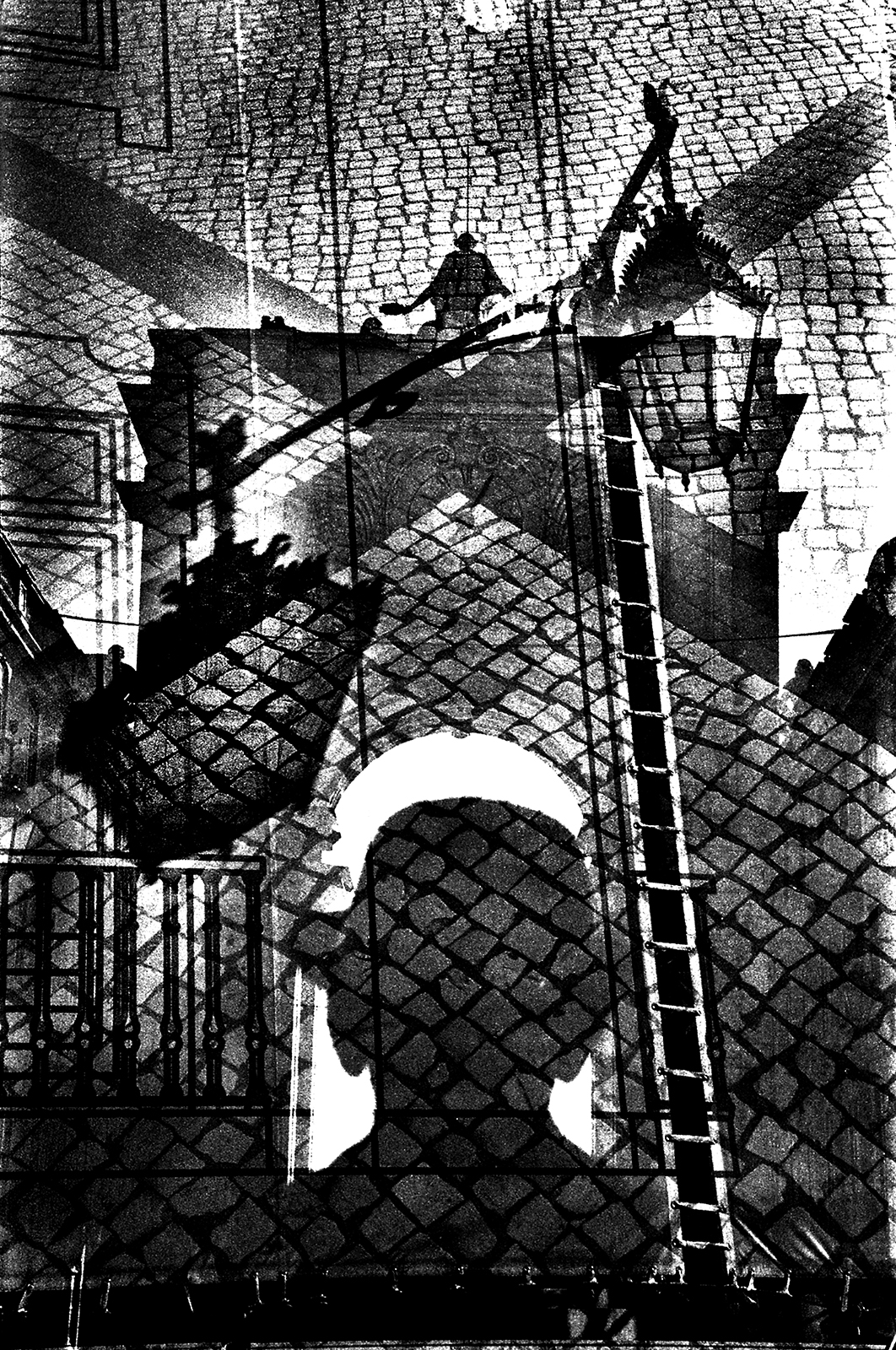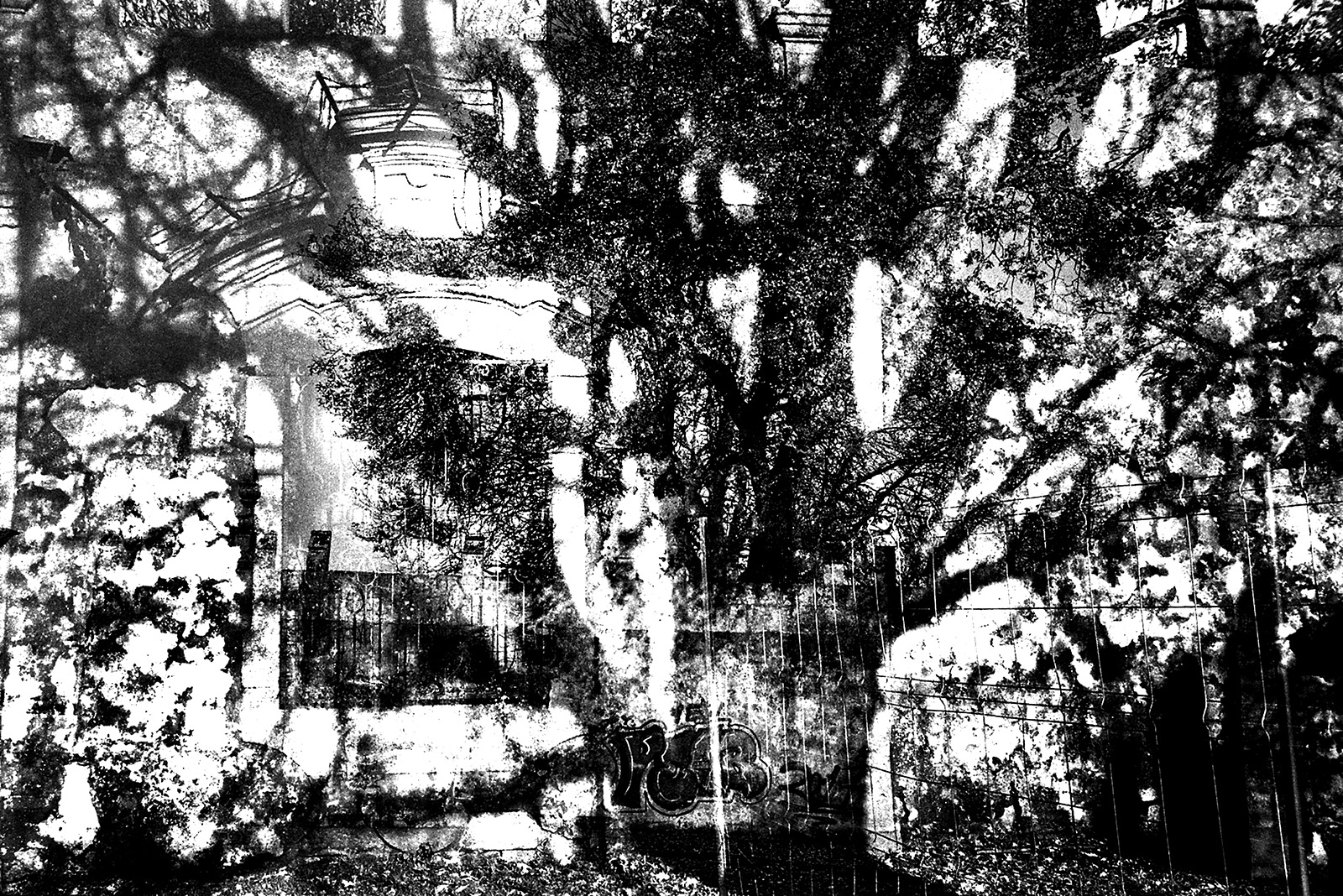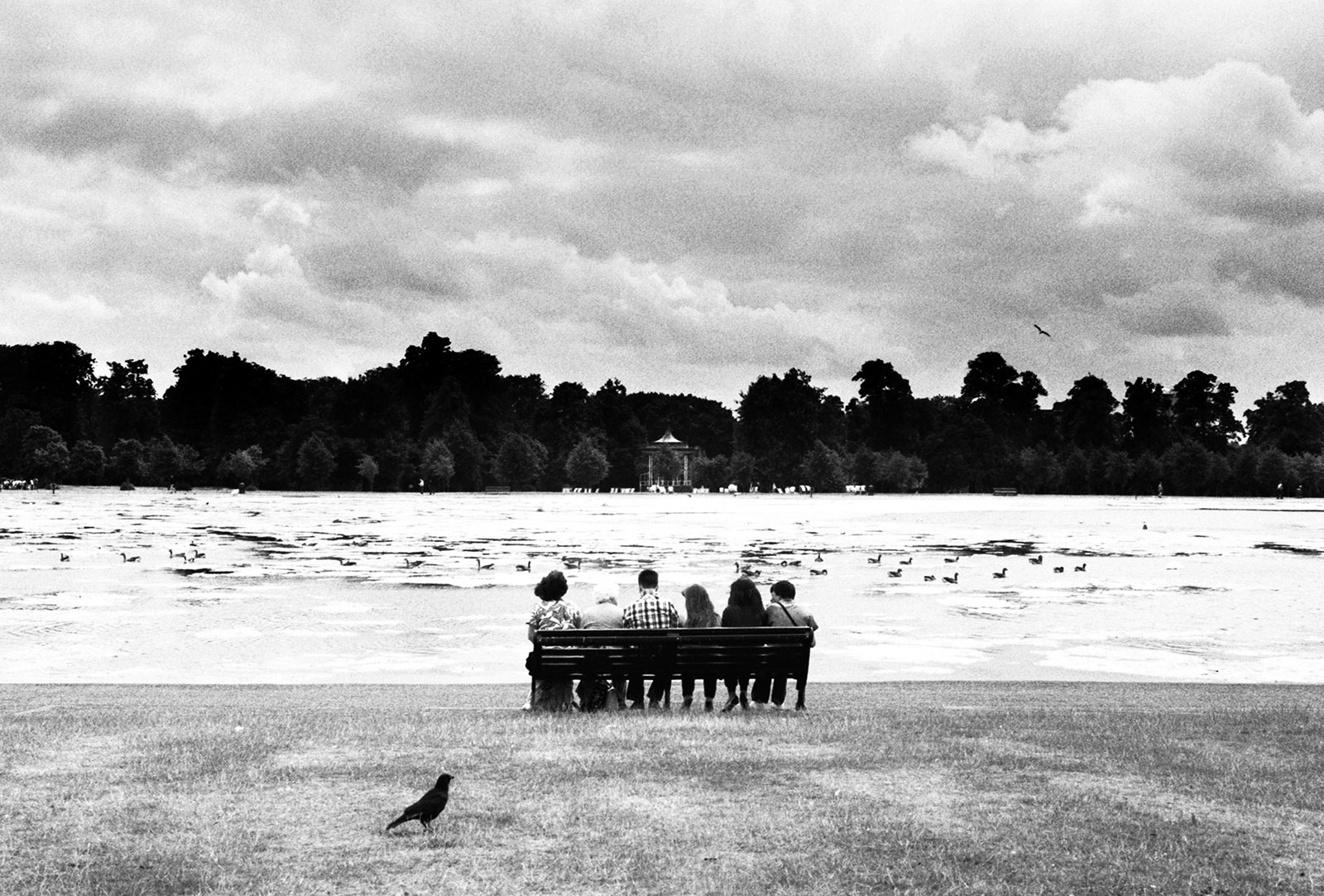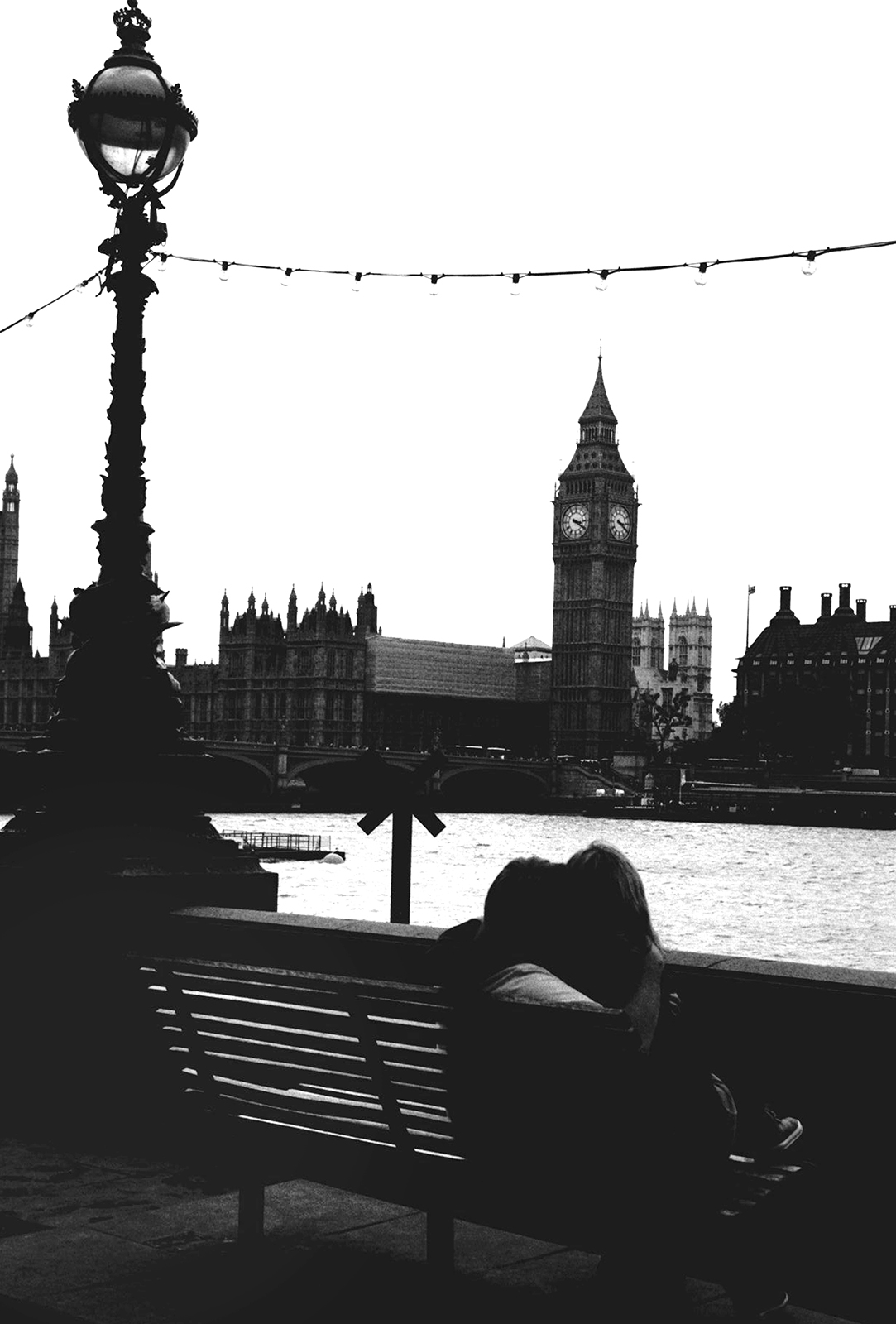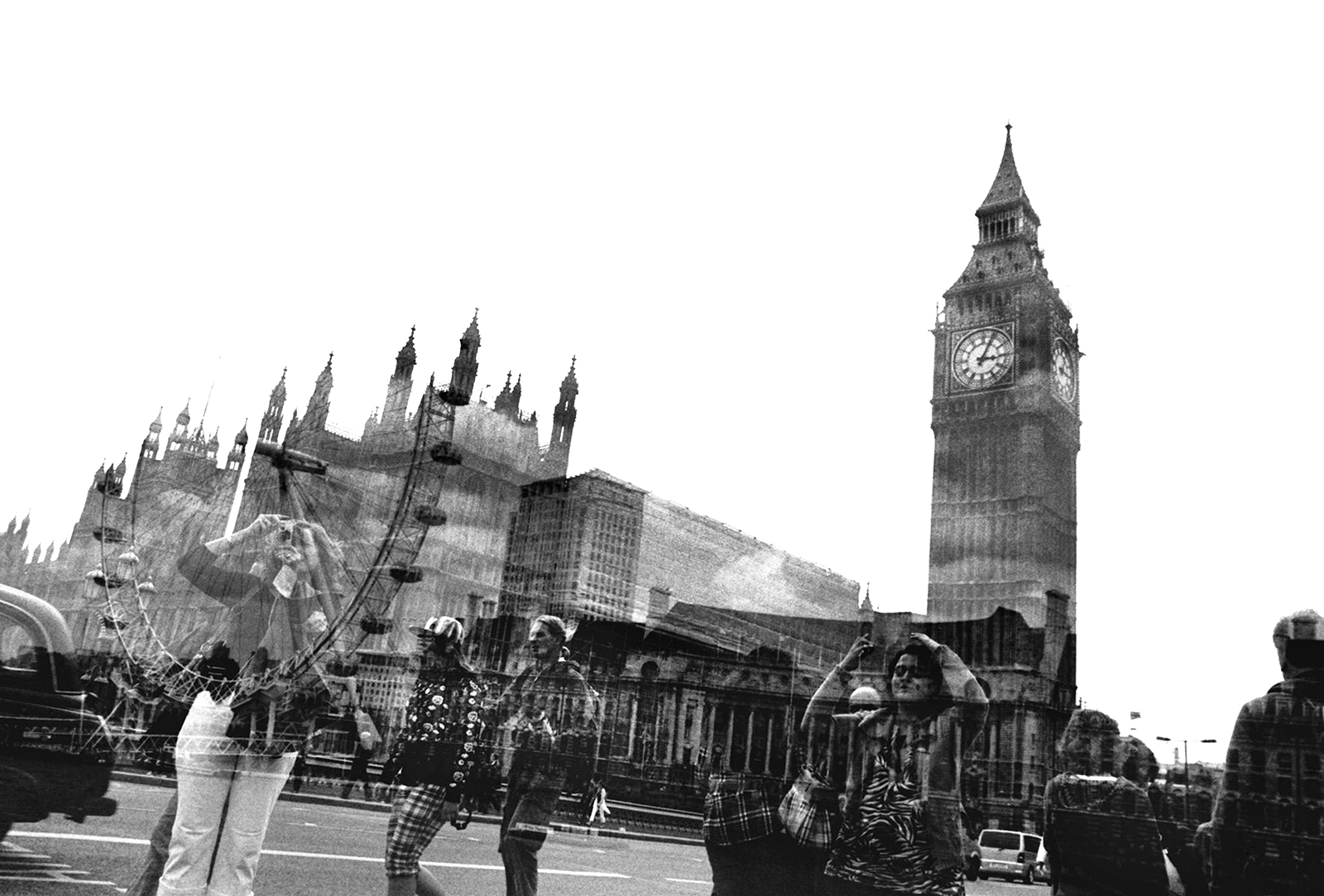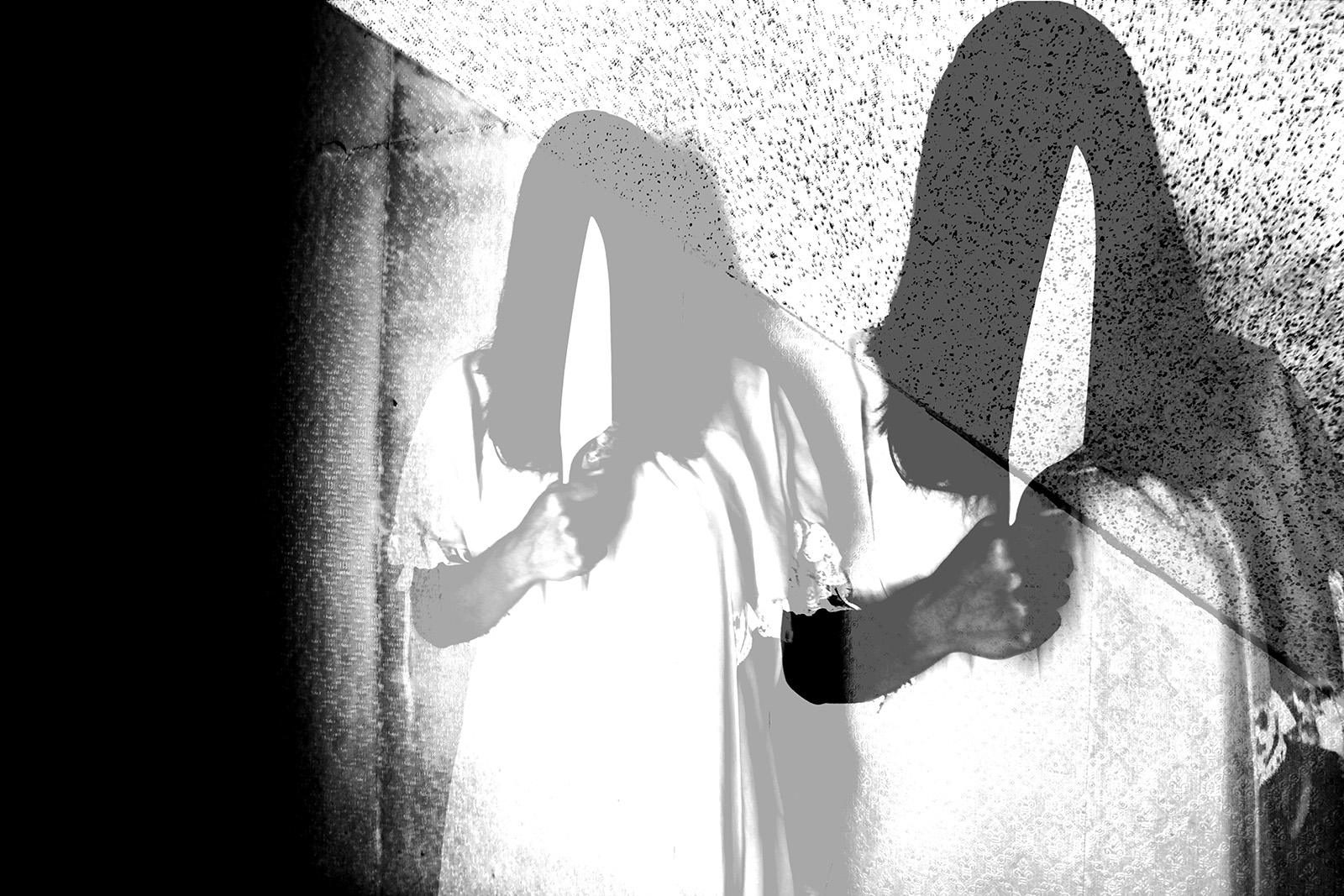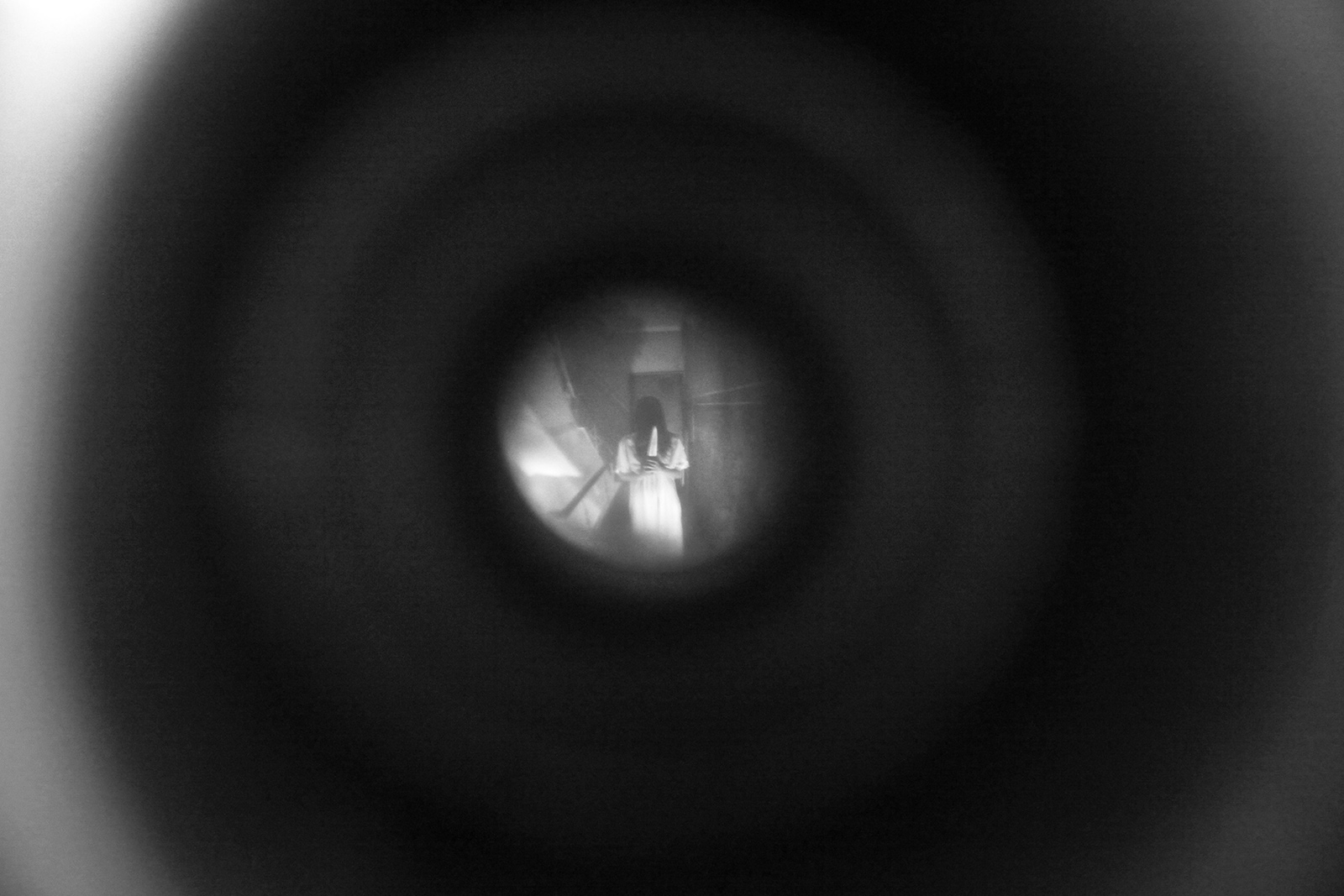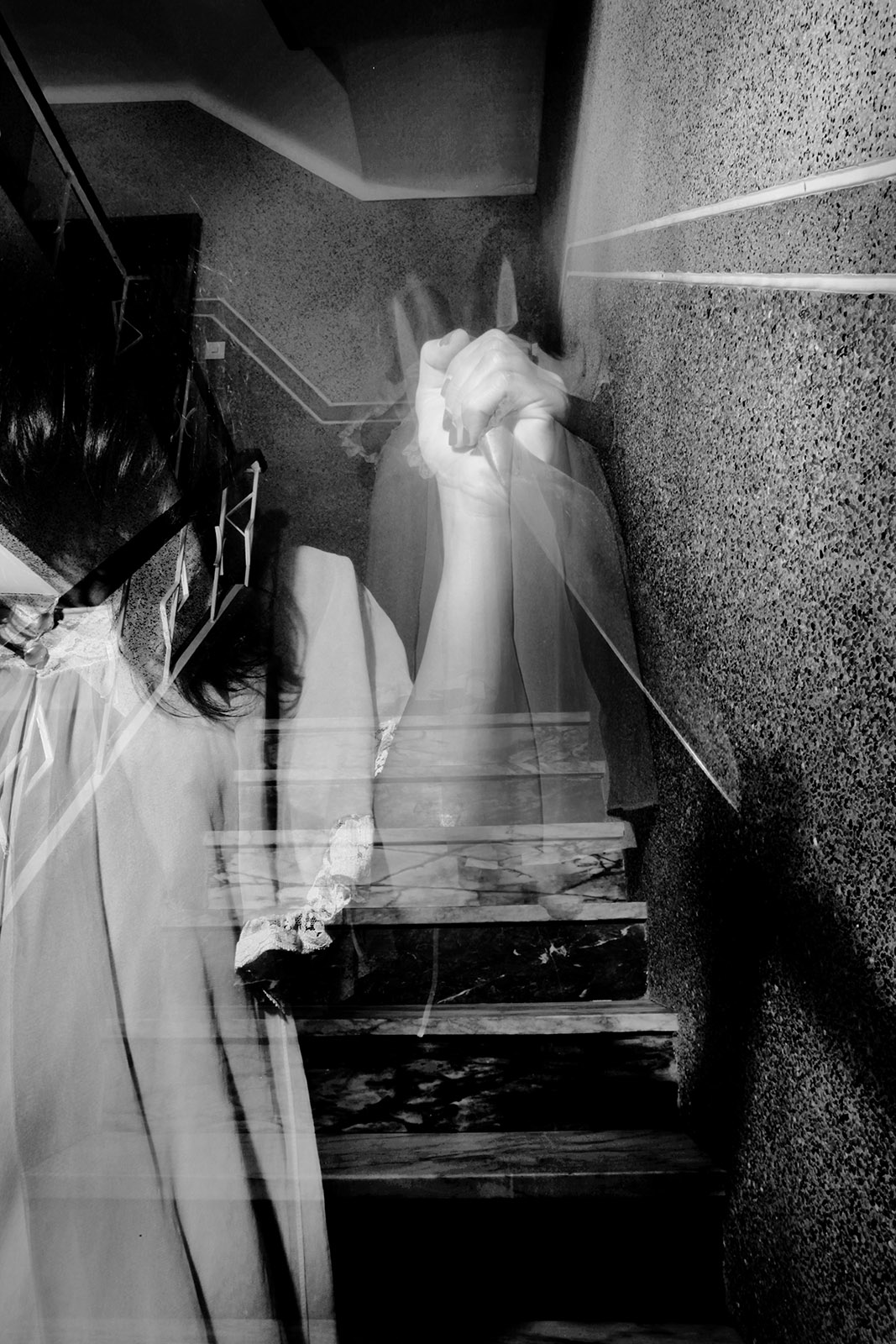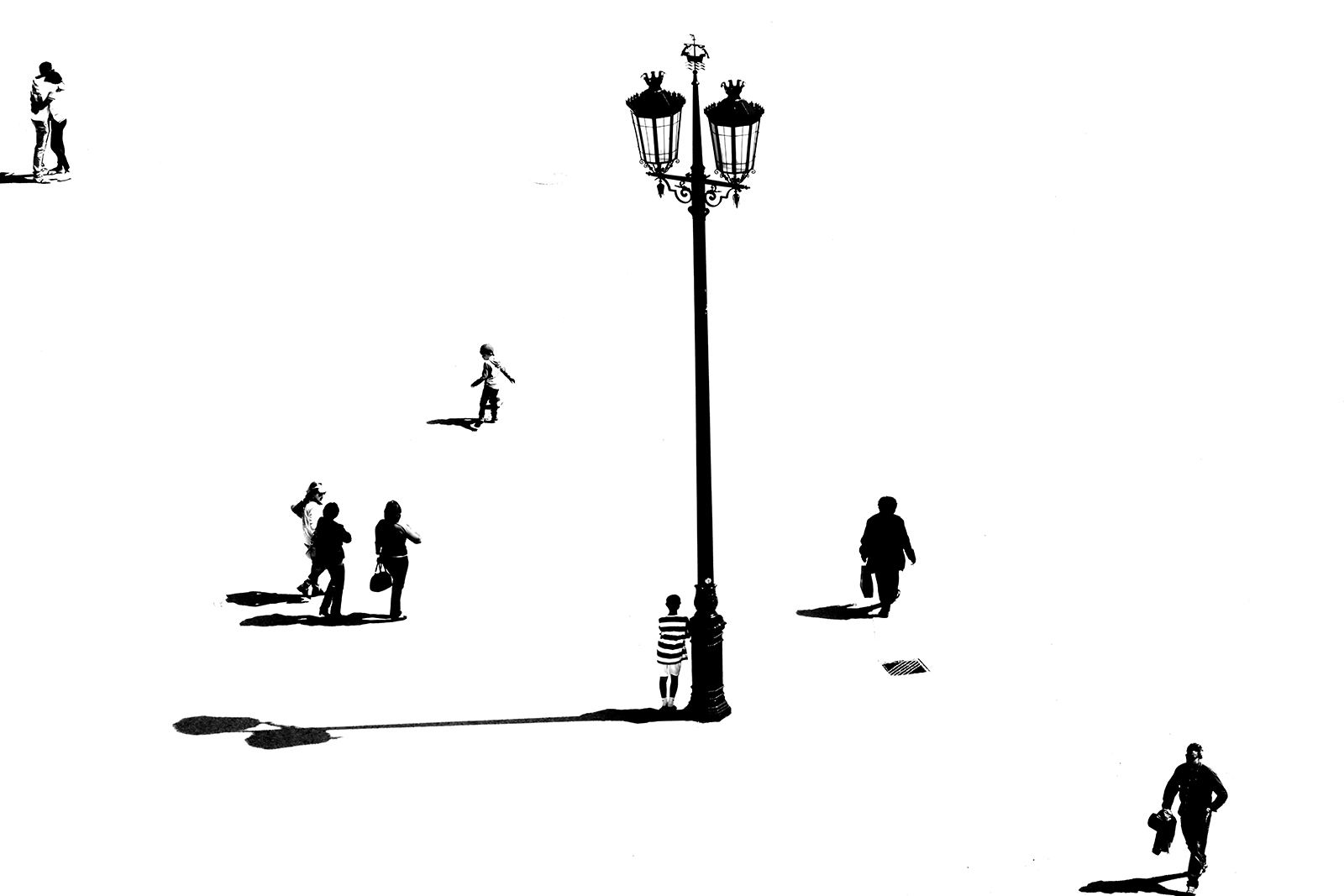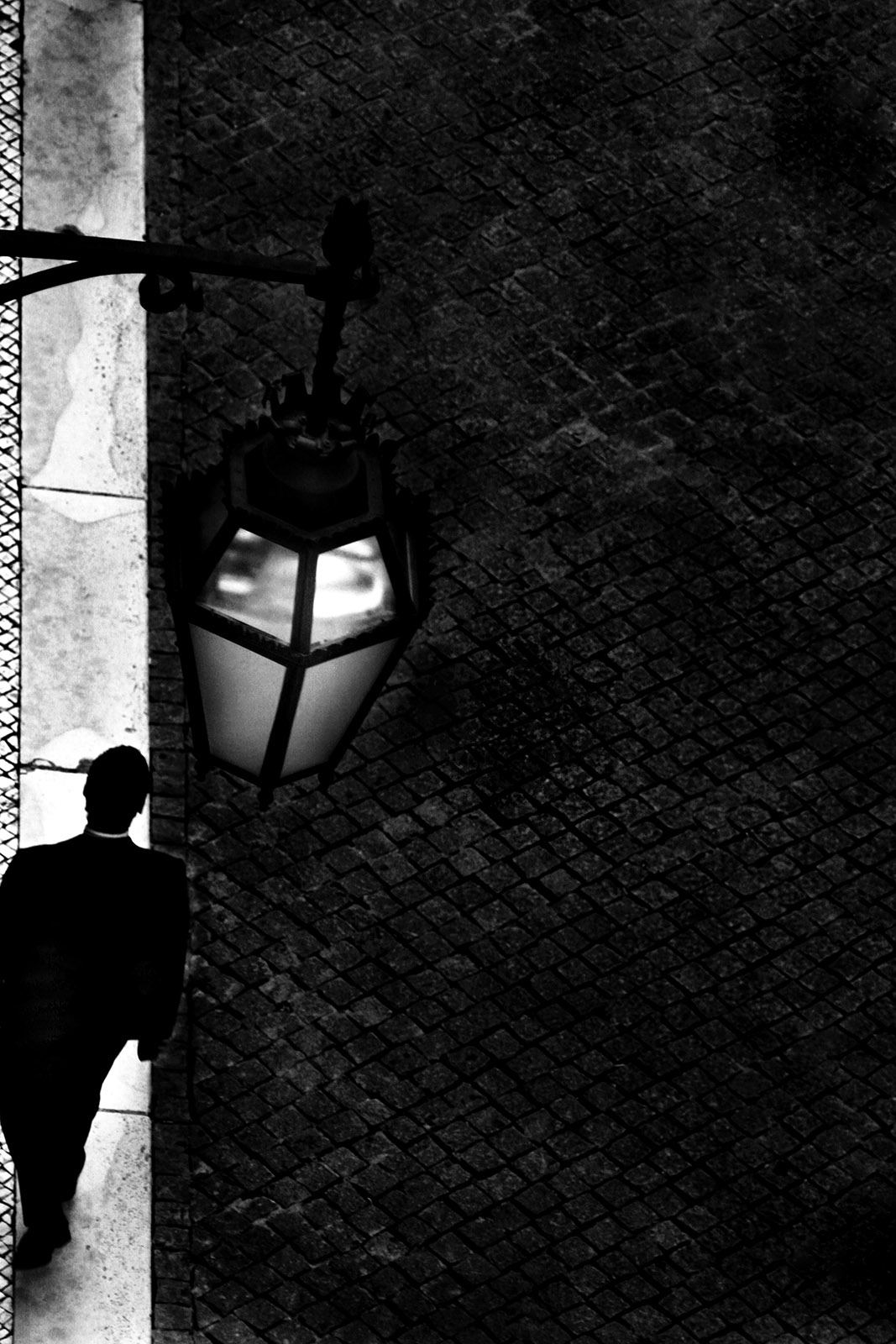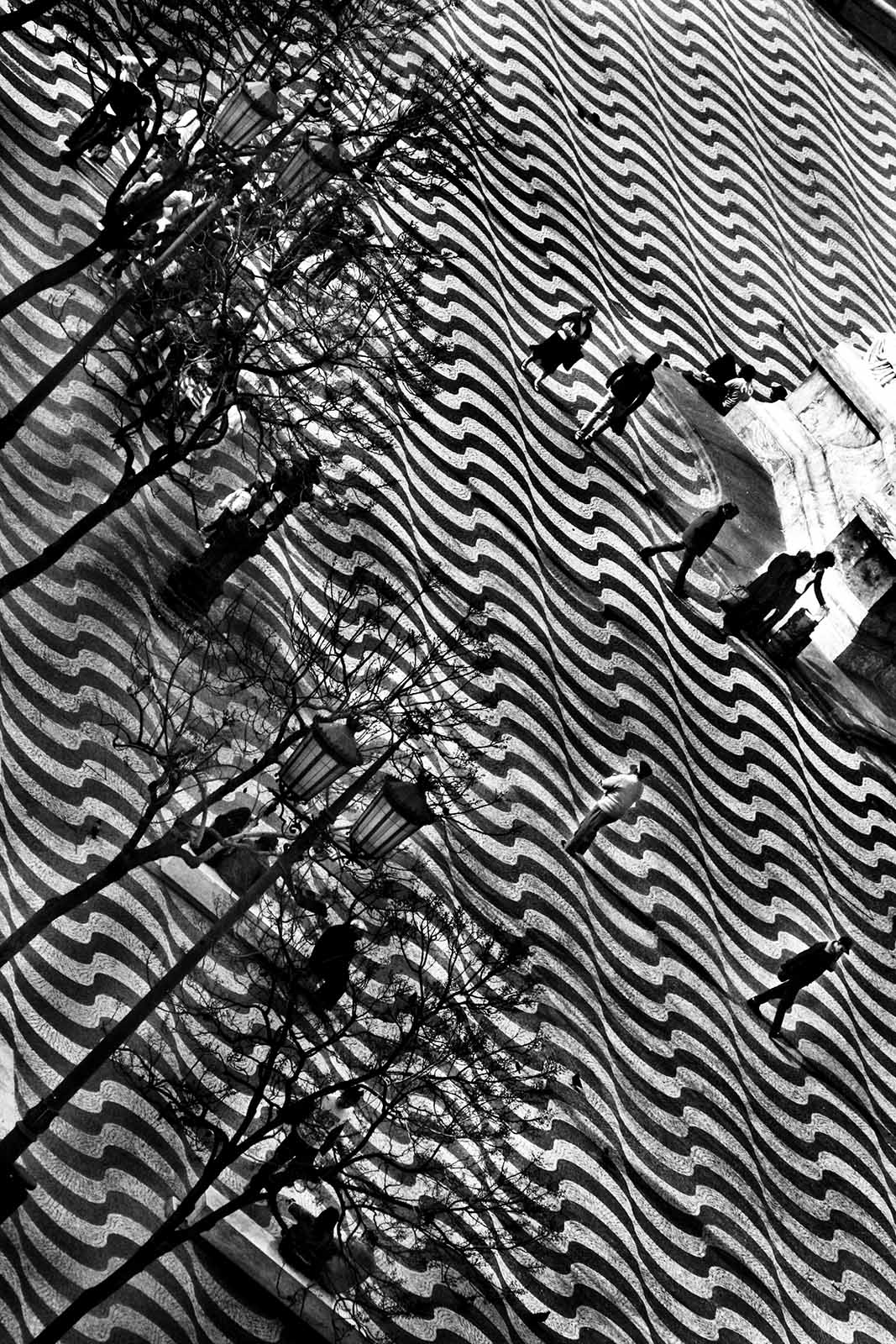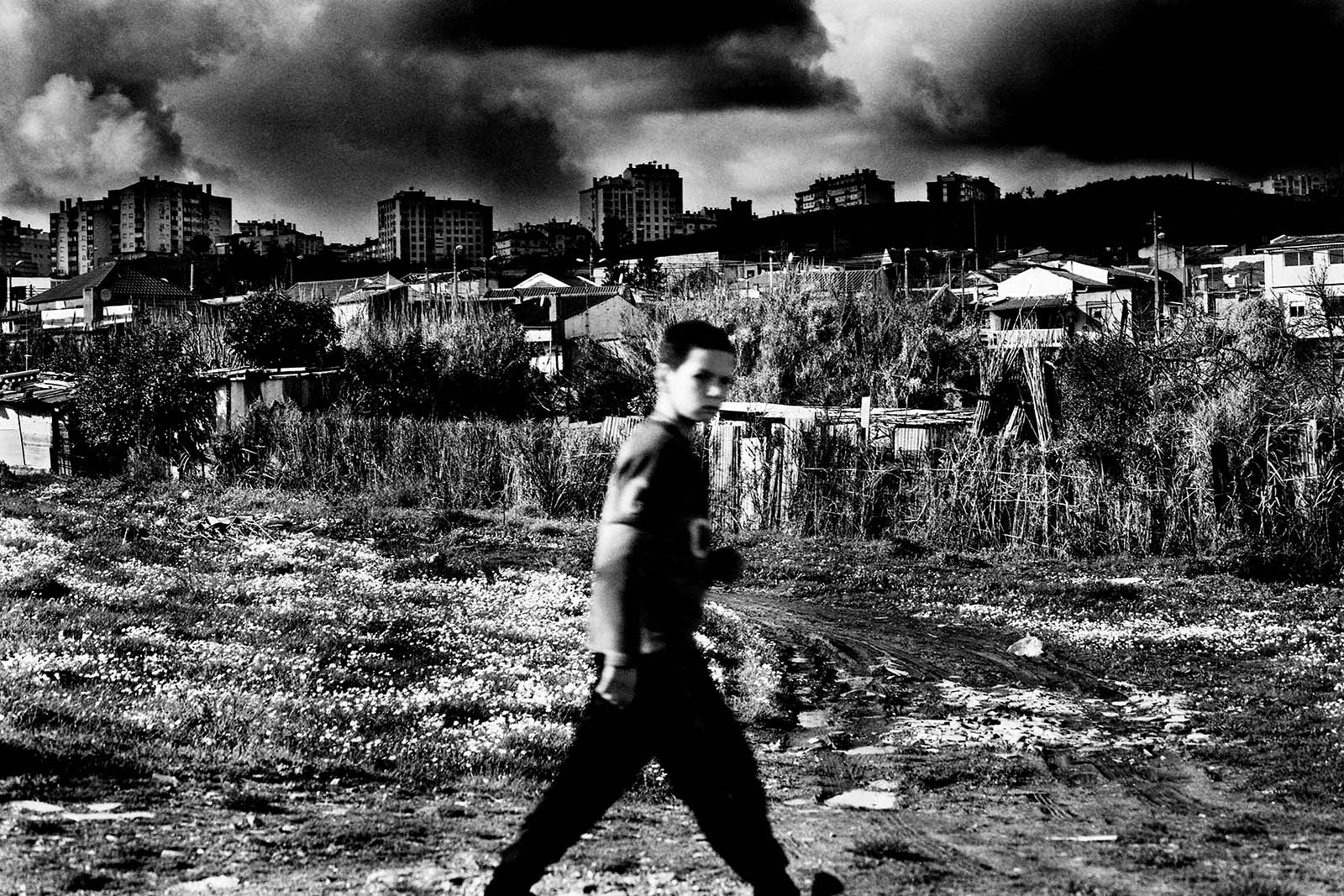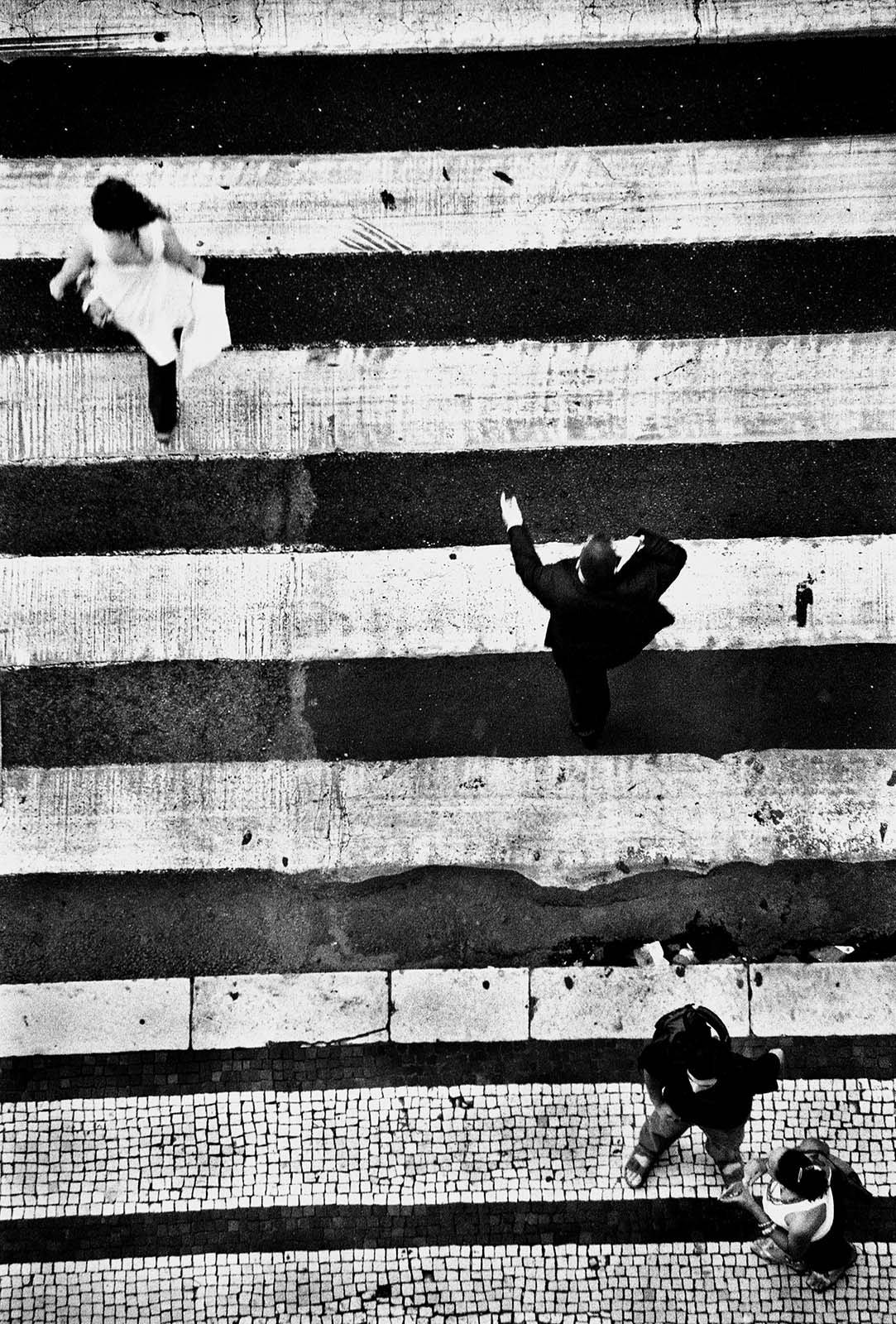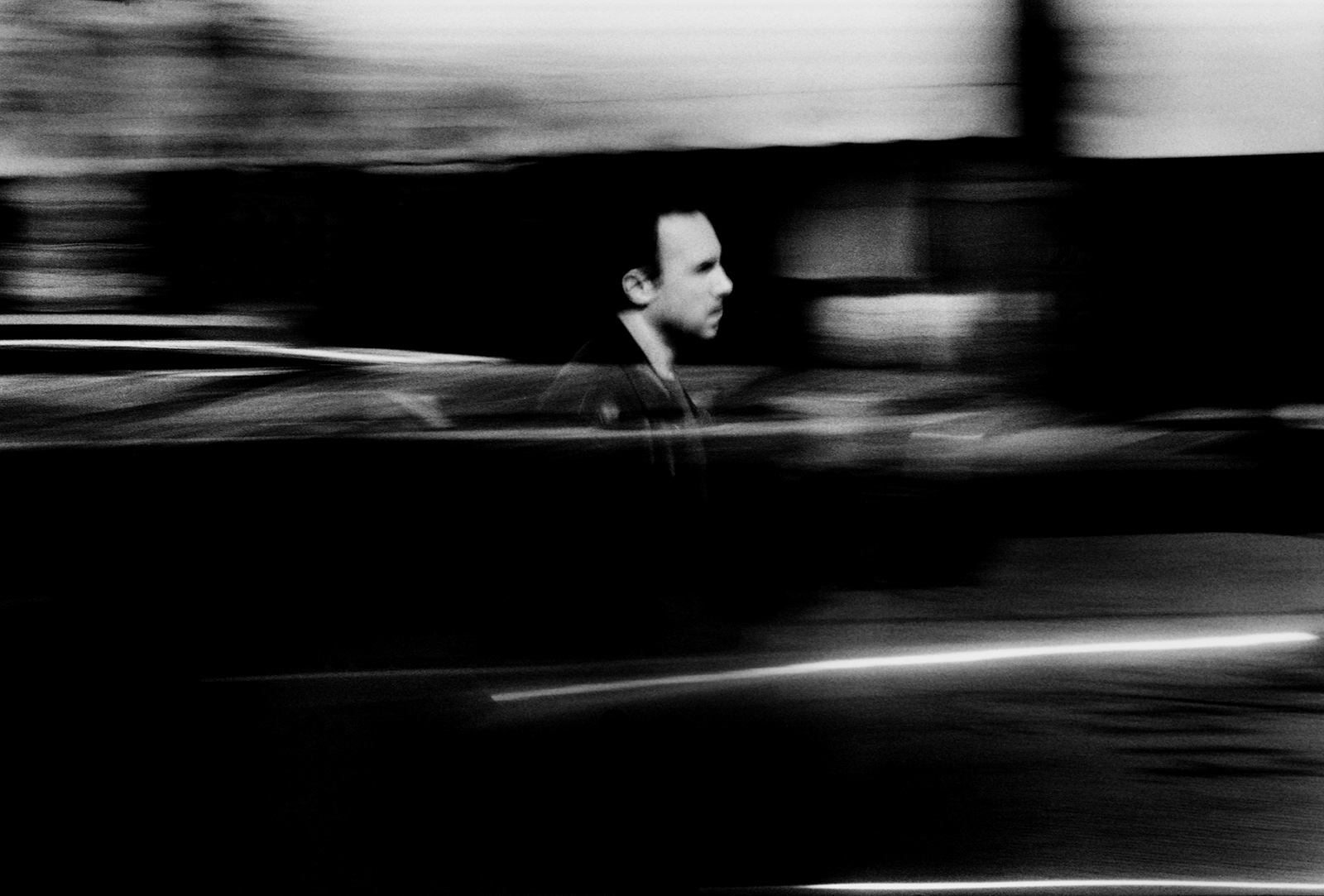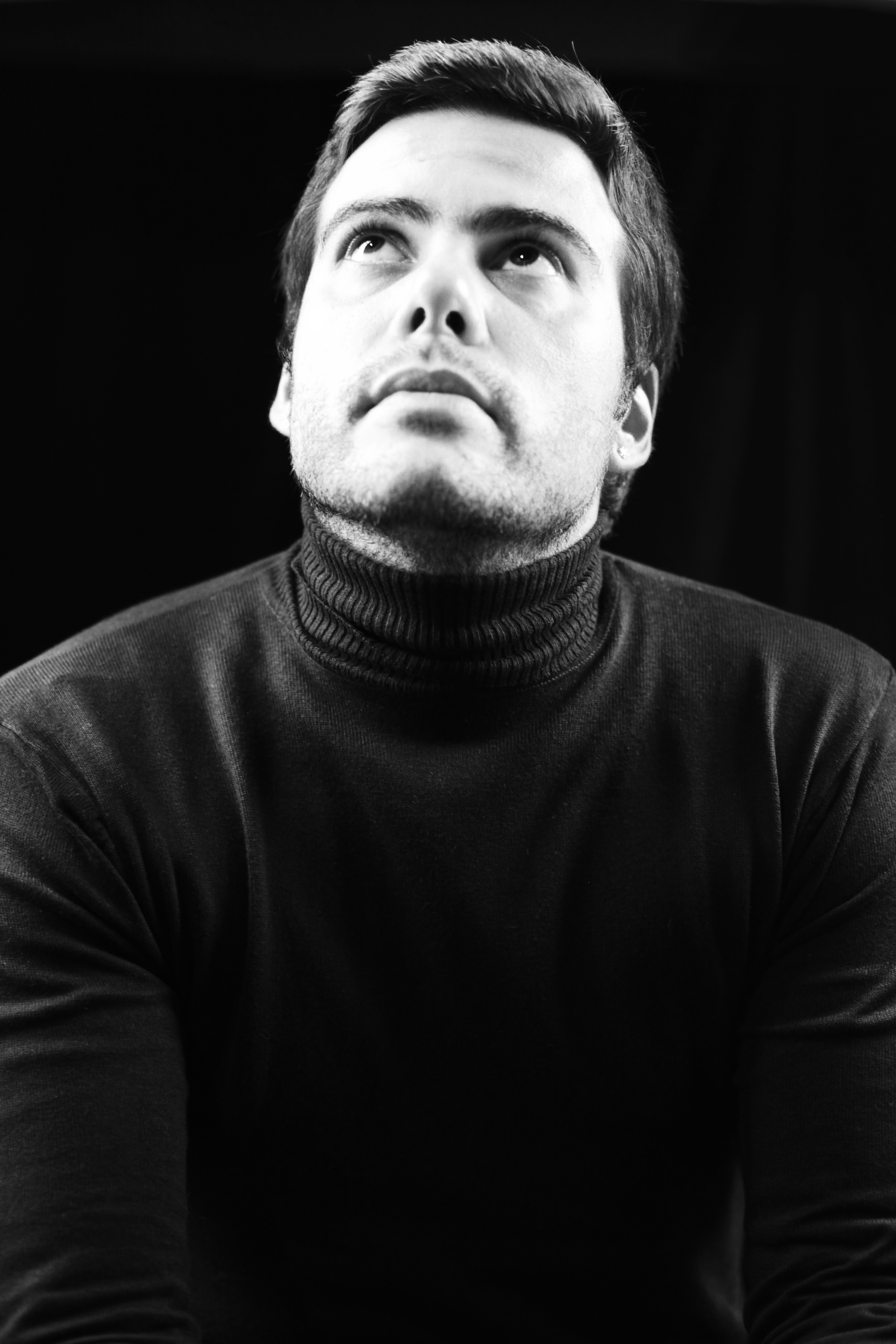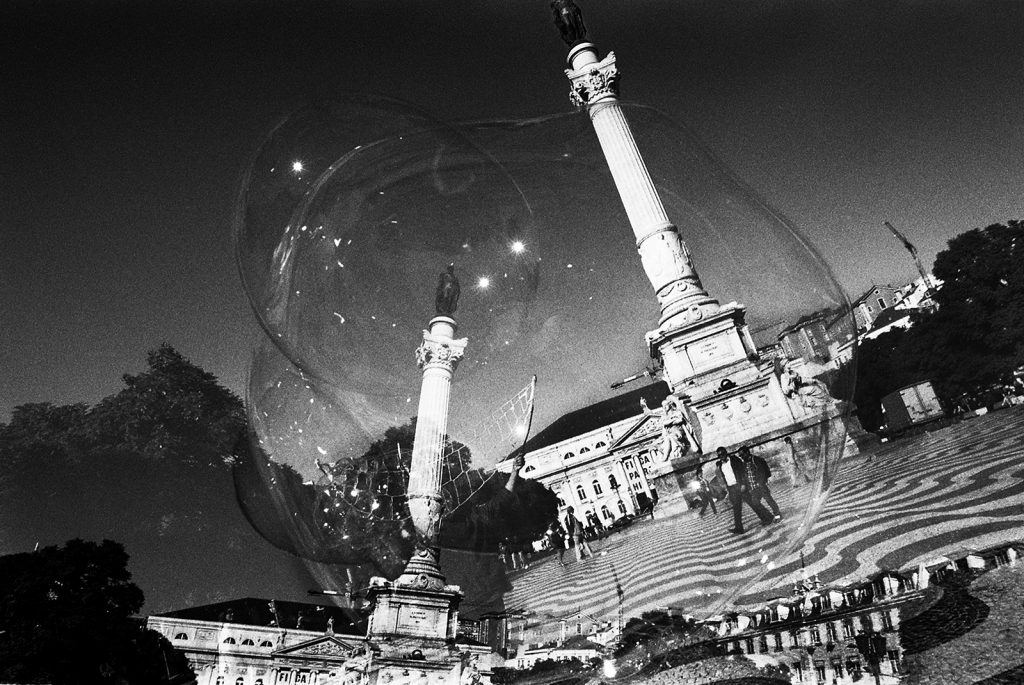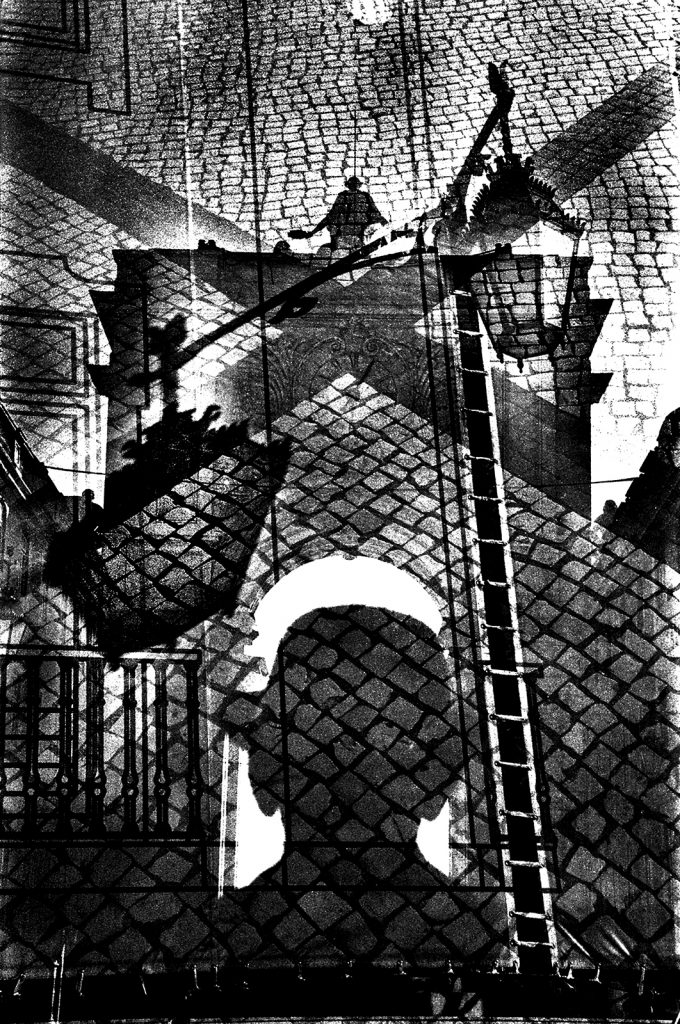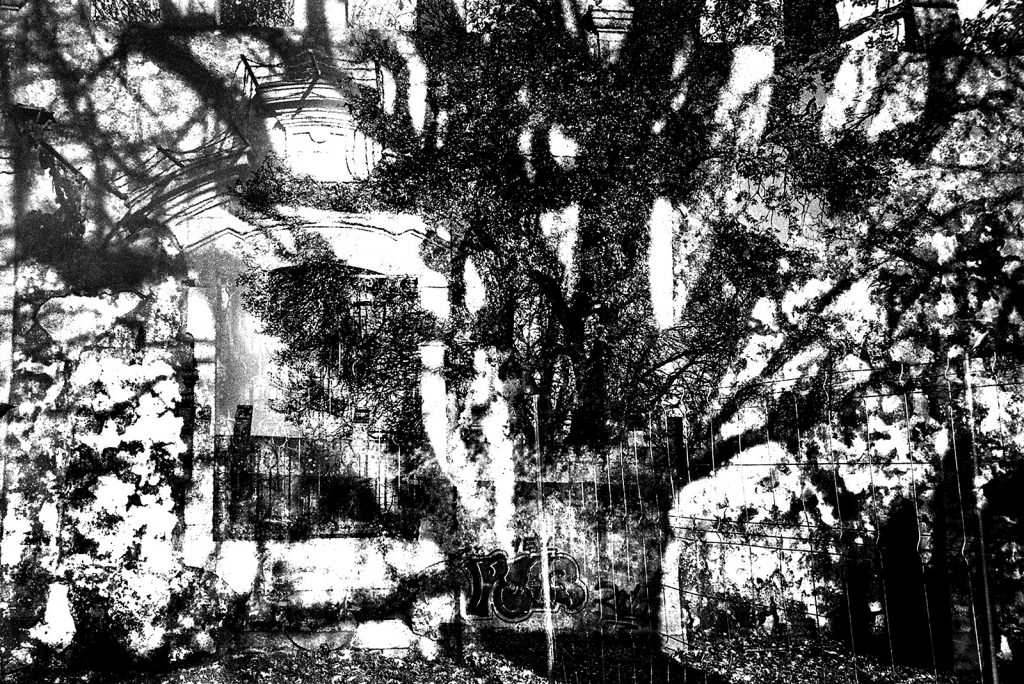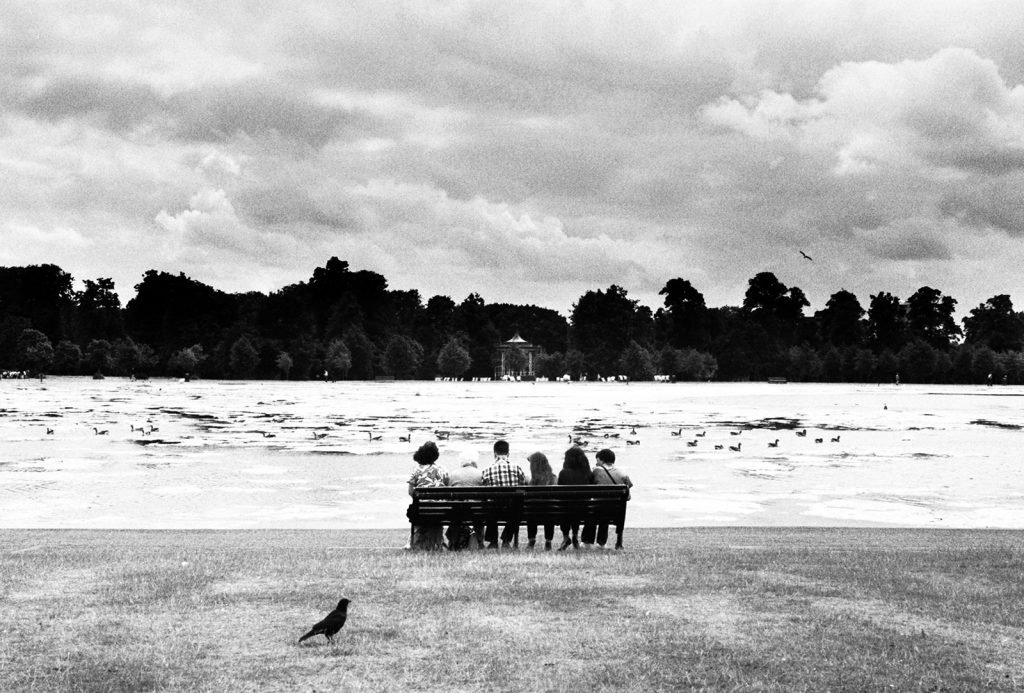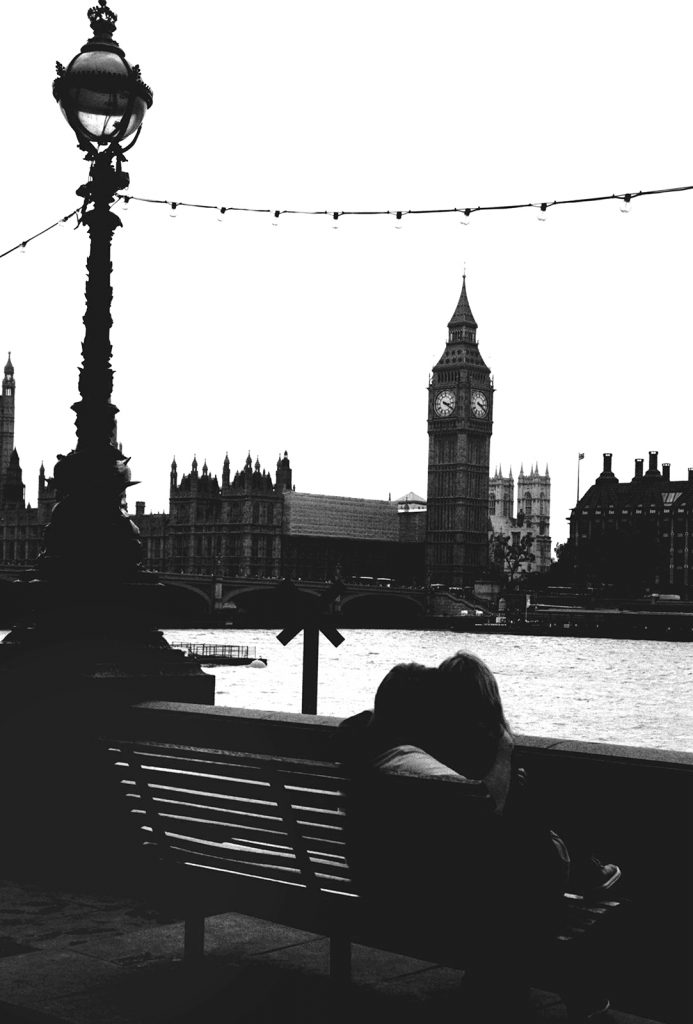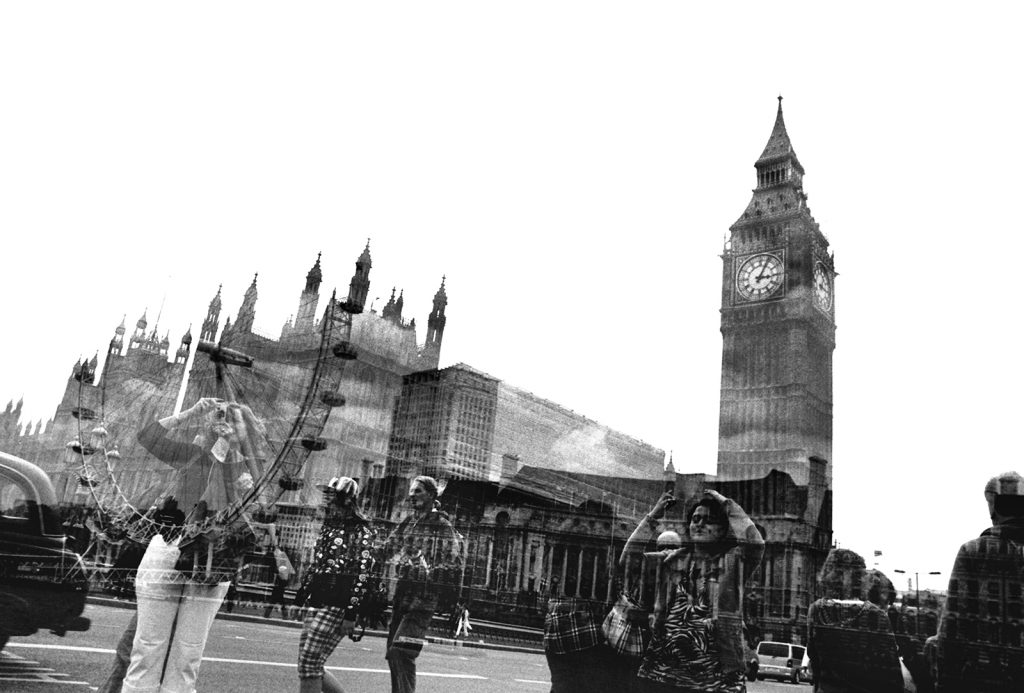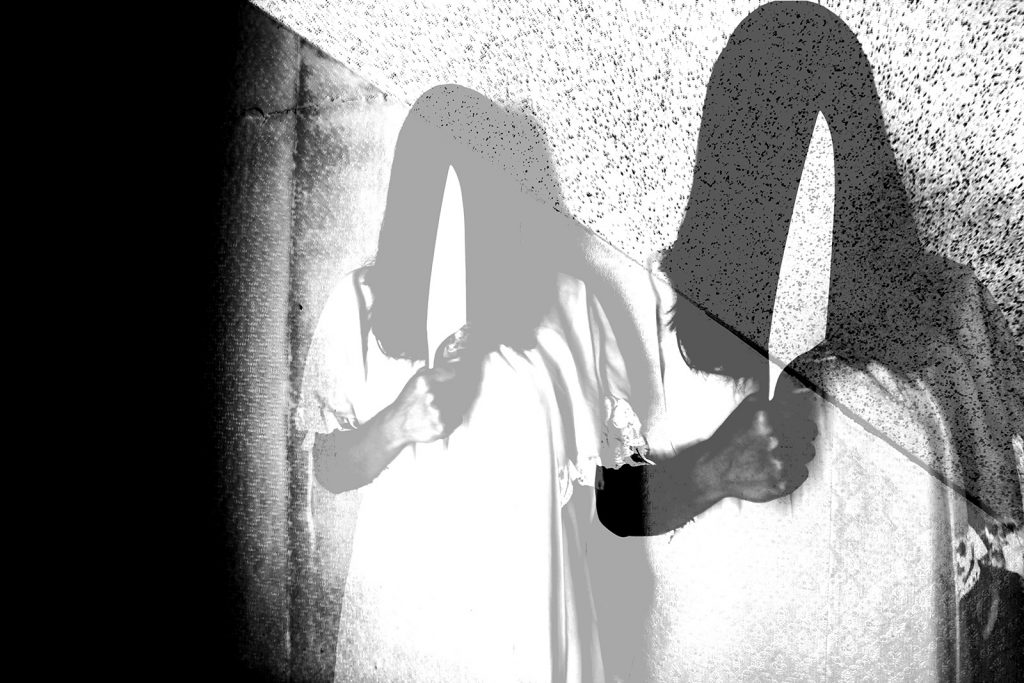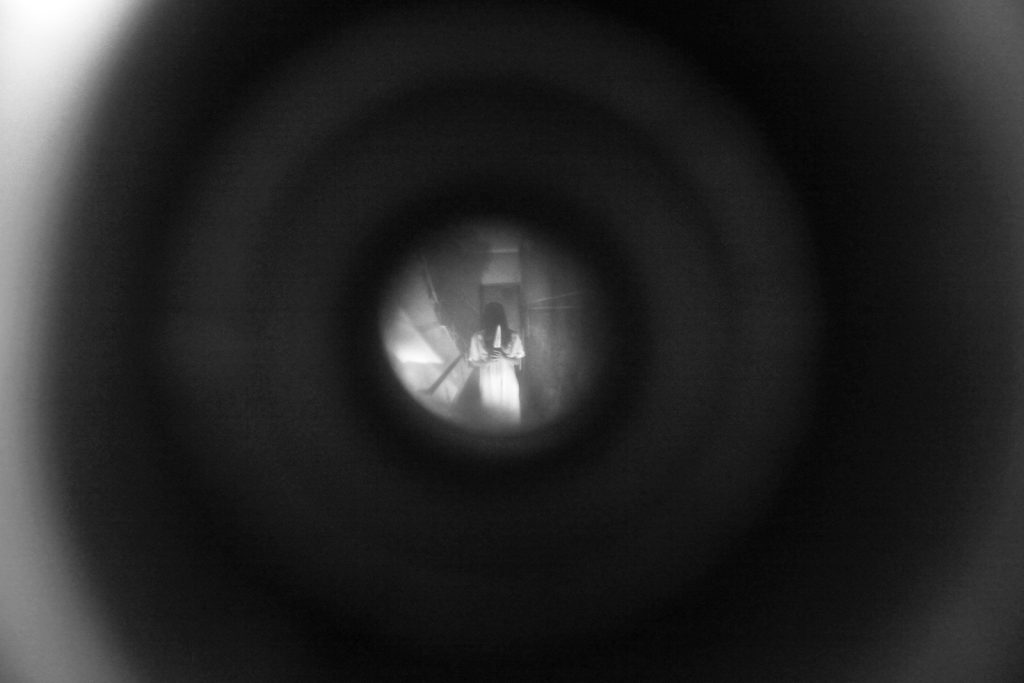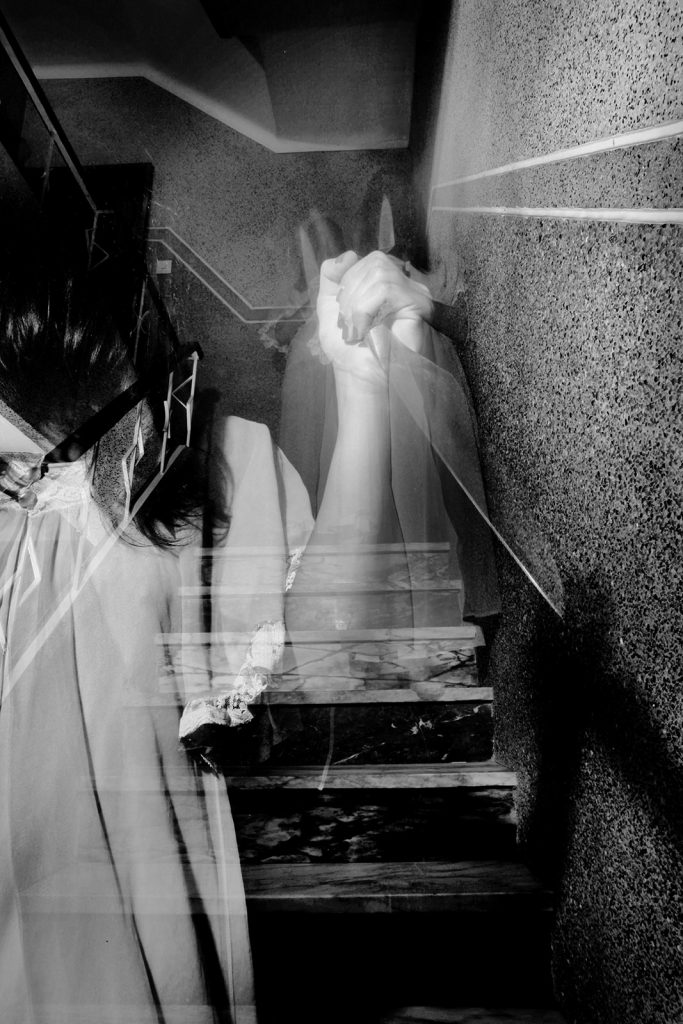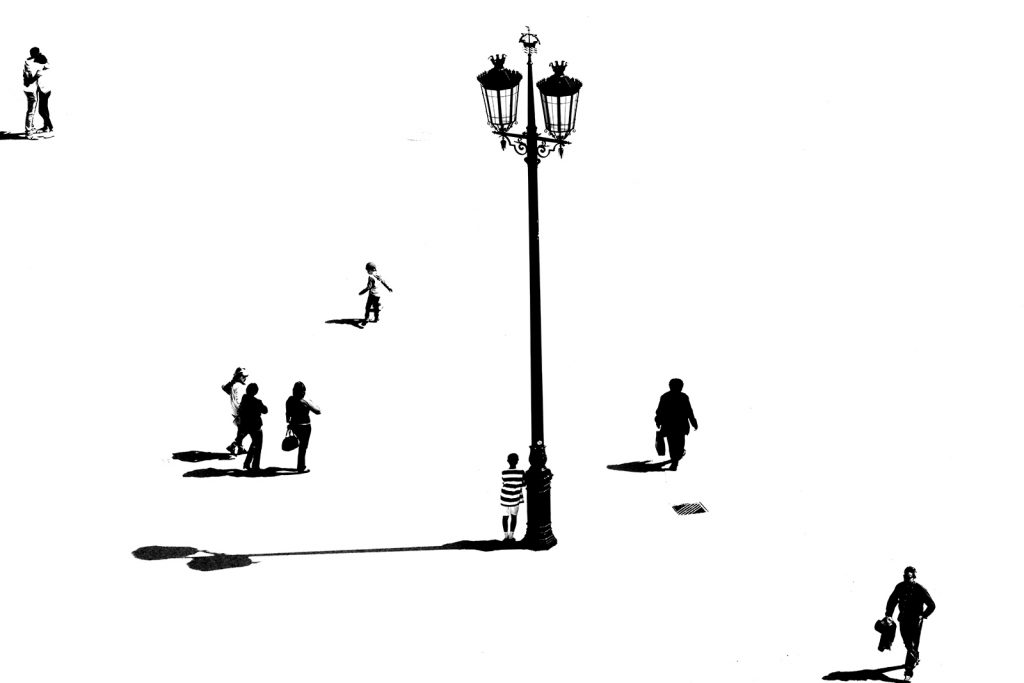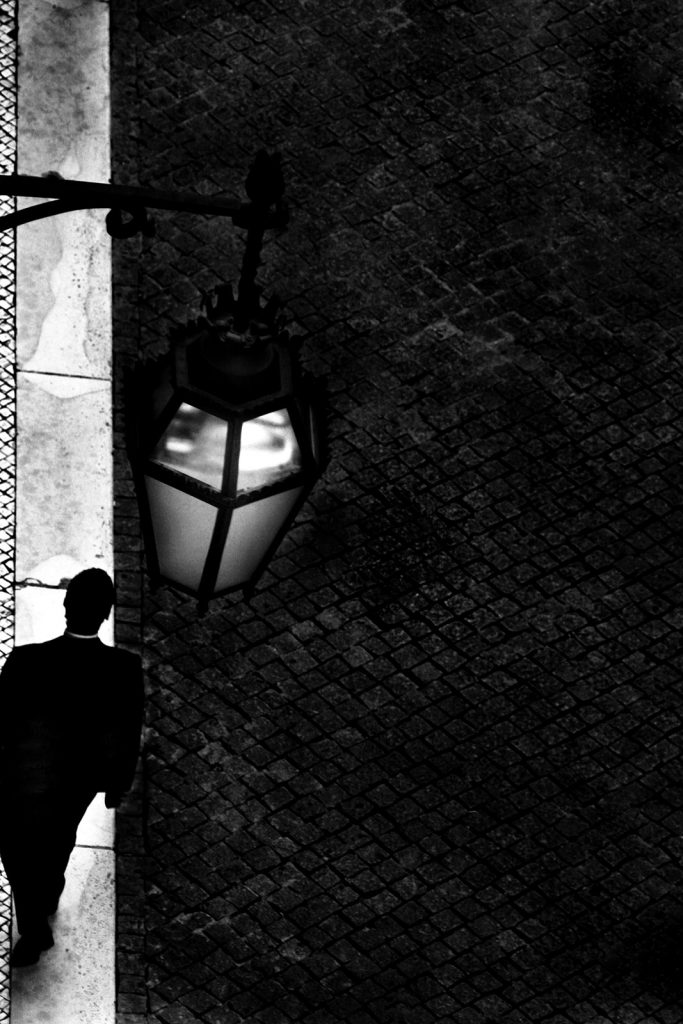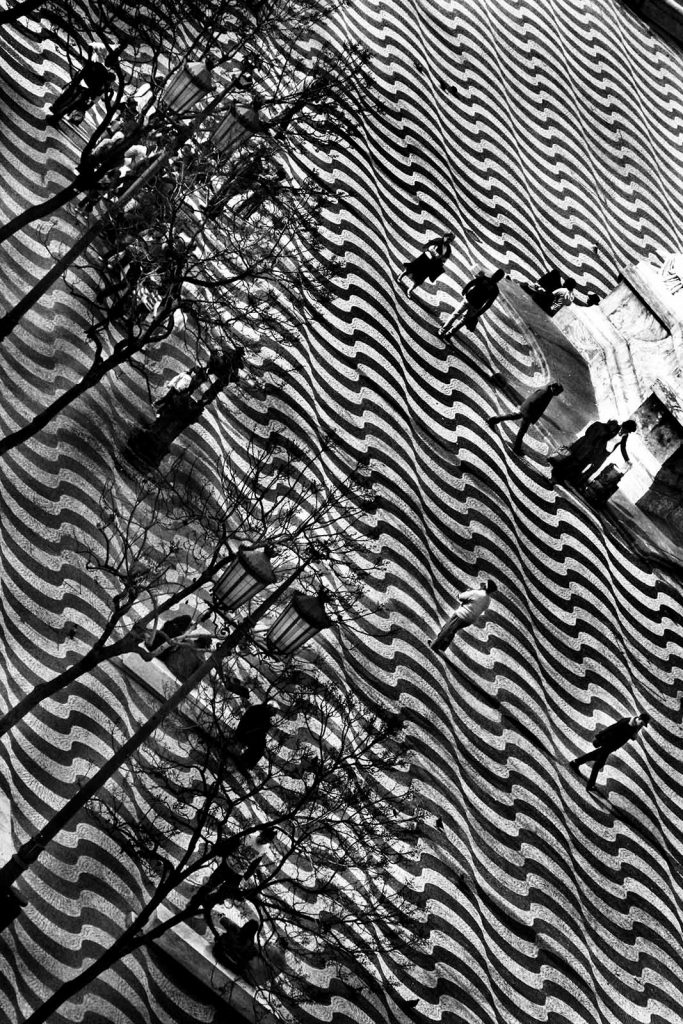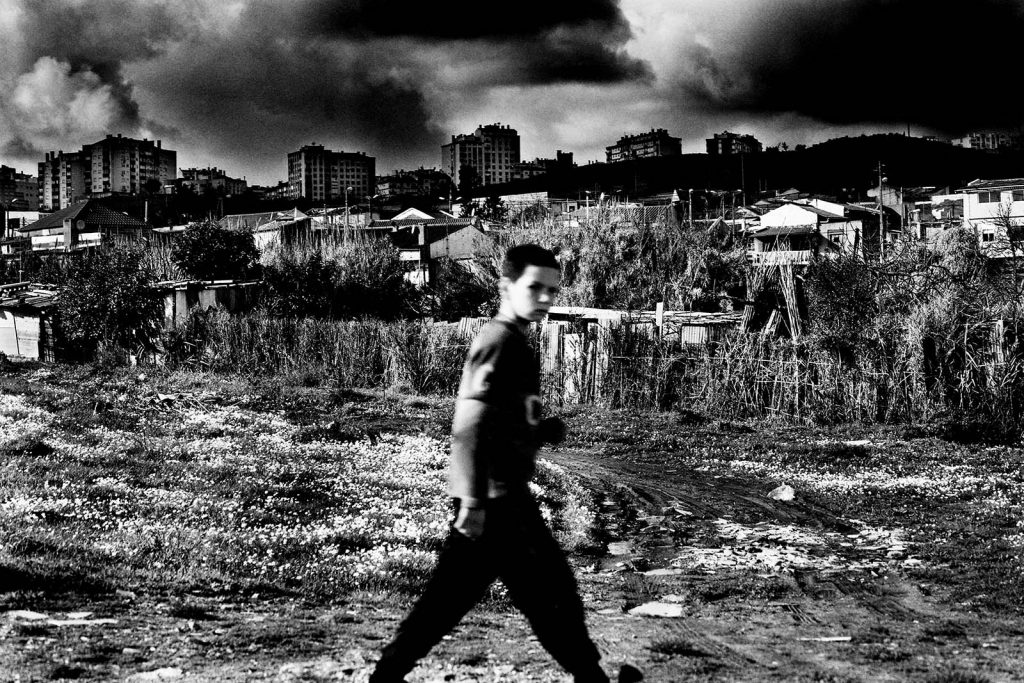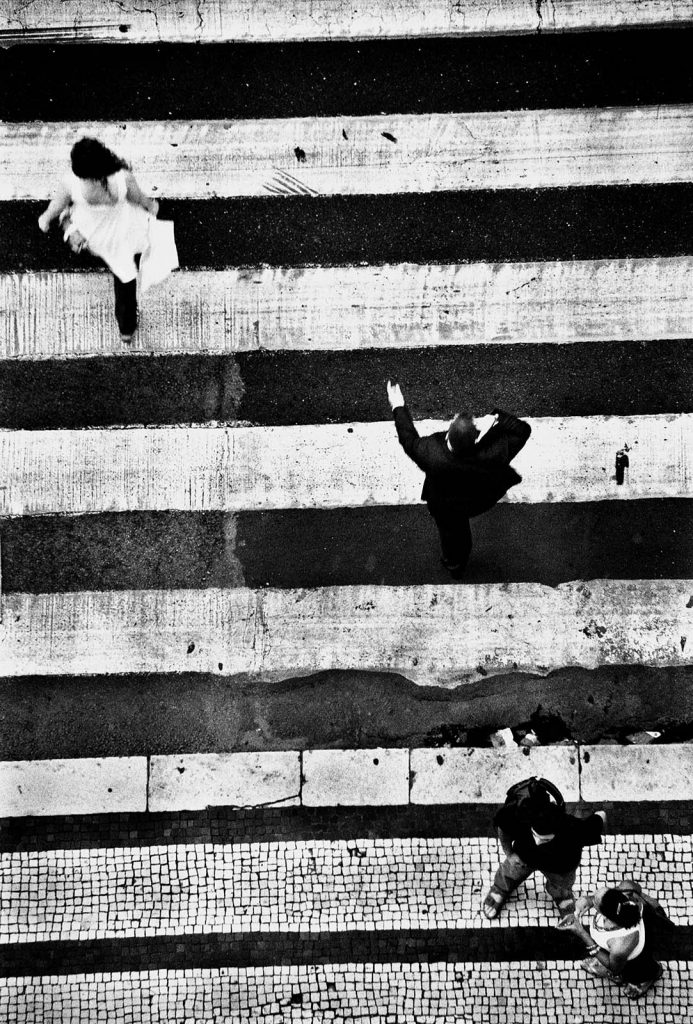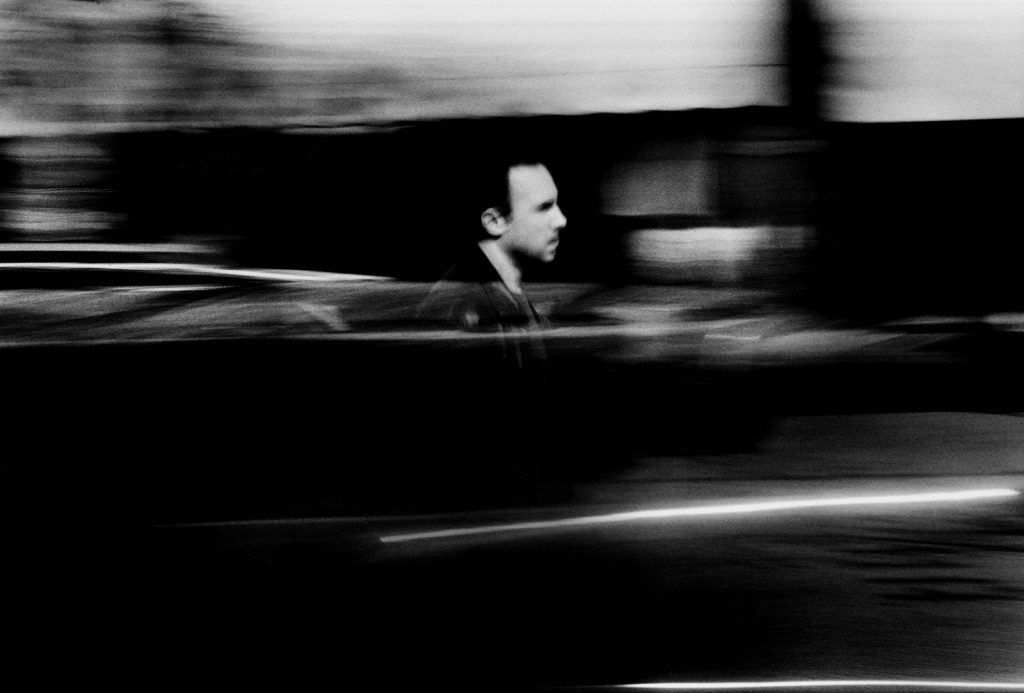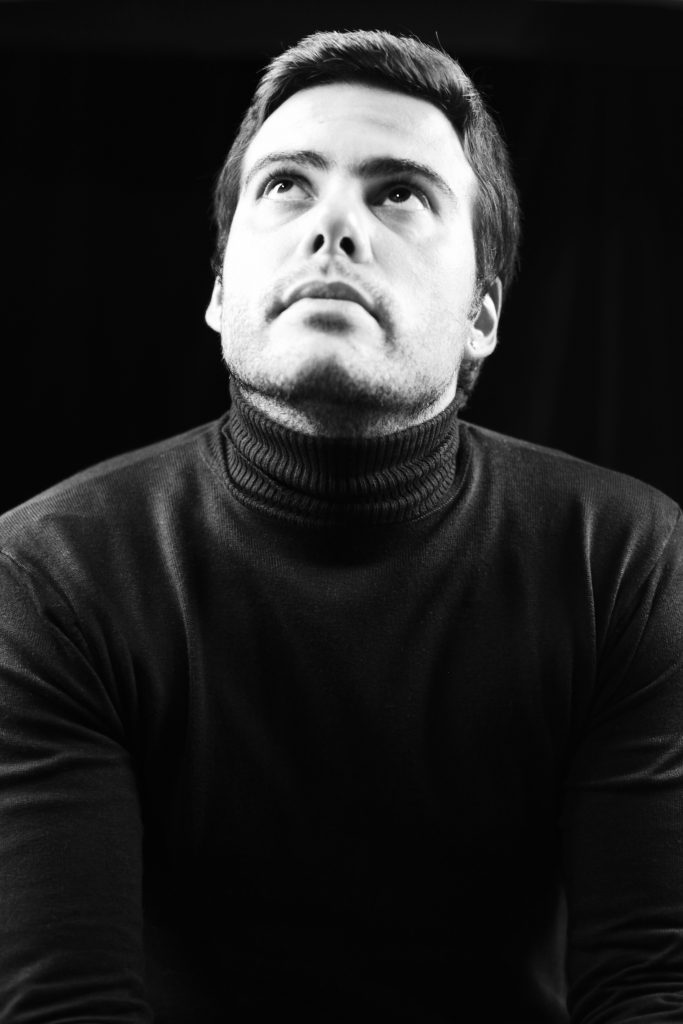Interview with the Portuguese photographer who explores the connection between individual and reality through a surrealistic black and white.
Can you introduce yourself? And how do you create your shots?
My name is Ricardo Reis and I’m an artist. When I started, I wanted to be a war photographer, but in my home country of Portugal, it’s very difficult to get the connections necessary to achieve that. Anyway, I was fortunate because I got an internship at a daily newspaper in Portugal. This activity led my work to being published in several major newspapers and magazines.
So I began to work more in fashion photography and in fact I was assigned to the fashion weeks that took place in Europe. During the shows, I found that I always preferred the backstage where I had more freedom to do different things, take more risks. That’s how I started my career.
As for the the way I create my shot, I always finish the images in my mind before I pick up the camera. I use several techniques to achieve the dreamlike mood to my artworks, but I don’t use post production. Instead it takes me more time to achieve what I want in the original.

Why the choice of shooting in black and white?
Honestly I like to shoot in B/W because it conveys more emotion. On the contrary, I think color can sometimes be distracting. For this reason I shoot in B/W film so I can use multiple exposure to achieve the final result without post production. I also like to control every step of the process, from framing the shot to developing the film and printing it. Moreover I’m fascinated by the mental exercise of having to prepare(?) the picture in my mind first and do the chain of thoughts necessary to translate the idea into the final work.
In projects like My day to day life in Portugal or A day in London you depict moments of everyday life with an almost surreal realism. Can you tell us how these works came to life?
Portugal and the UK are the places where I’ve spent more time. Living and working there, I try to look at places even touristy ones in my own way. And I realized that everyday it’s different. So I wanted to make them my own, a mix between what they really are and how I see them.
In some of your works, such as Beware the Errant Spectre, there are clear dreamlike and cinematographic elements. How much do these aspects influence your shots?
I love movies, so thank you for saying that my work looks cinematographic. That’s a big compliment! After all, is that’s what I’m aiming for: tell a story, make you feel, start a conversation or discussion. In fact, my puropose when I create a photographic image is to engage people in a dialogue—to make the viewer feel something, even if it’s a negative reaction. I want to be able to convey an inner conversation—an ambience, a vibe — to create curiosity in the viewer for the lives and moments depicted in my images.
On the contrary, in other projects, Urban Landscape for example, the architectural space and the city seem to interact with and dominate figures in a charming but at the same time complex and almost completely dominant dimension. Can you explain the relationship with the human figures?
In Urban Landscapes the architecture dominates the human figure because a city can change you and put you in perspective. It can swallow you or make you bigger, or you can be in total peace in the middle of chaos. What matters is your own state of mind.
Which photographers have influenced you the most? Which are your aesthetic and cultural references?
I absolutely love Magnum Photos Agency photographers, such as Phillipe Halsman, Cartier Bresson, Koudelka, Paolo Pellegrin. But I’m also influenced by painters, architects, musicians, and by life in general.
People everywhere, everyone’s alone is a very interesting project, that shows a more intimate relationship with the characters. Can you tell us about it?
People Everywhere was very important for me. I was in a difficult place at the time because of personal issues, and I forced myself to show my vulnerability and connect with myself and others even more. For sure is one of the projects that speaks of me the most. Eventually as a photographer, and as a young person, I needed and had to put out there so many things that were stuck inside me. Very quickly I realized that I had a different way of seeing the world. I started noticing that even if there were many people looking at the same thing as me, they weren’t seeing what I was seeing. Photography became the most realistic representation of my perspective. Photography blends all the art mediums and I am inspired to create amalgamations of the dream world with the real. I love the challenge of being able to put onto paper the ideas and surreal world of my own creation. Photography has been and is the driving force through all my creative pursuits.
What are your next projects?
I have several projects ready to go and not only regarding photography. I’m using other mediums too, so.. stay tuned!
Has there ever been a moment in your life when you said to yourself: “Why not“? If so, tell us about it..
Of course many times. When it scares me, if it’s different, out of my comfort zone, it gives me even more strength to move forward.
Biography: Ricardo Reis was born in Portugal, where he started his career getting an interniship in a daily newspaper. His shots were published in several major newspapers and magazines. Later he was assigned to the fashion sector, following the fashion shows all around Europe. Here he discovered his attitude for grabbing the real and exciting moments of the backstage, a place where he could shoot his photos with more freedom and creativity. He is also engaged with music, music phtography and music videos. As a cinematophgrapher for album and DVD covers, he works in collaboration with many European photography agencies in Portugal and in UK. His works are exhibited in several countries and in private collections, including USA, UK, France, Canada and Netherlands. Actually he lives in Lisbona.
